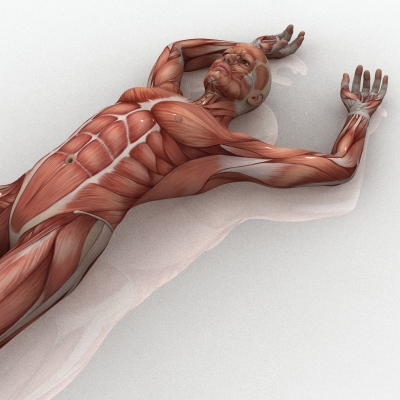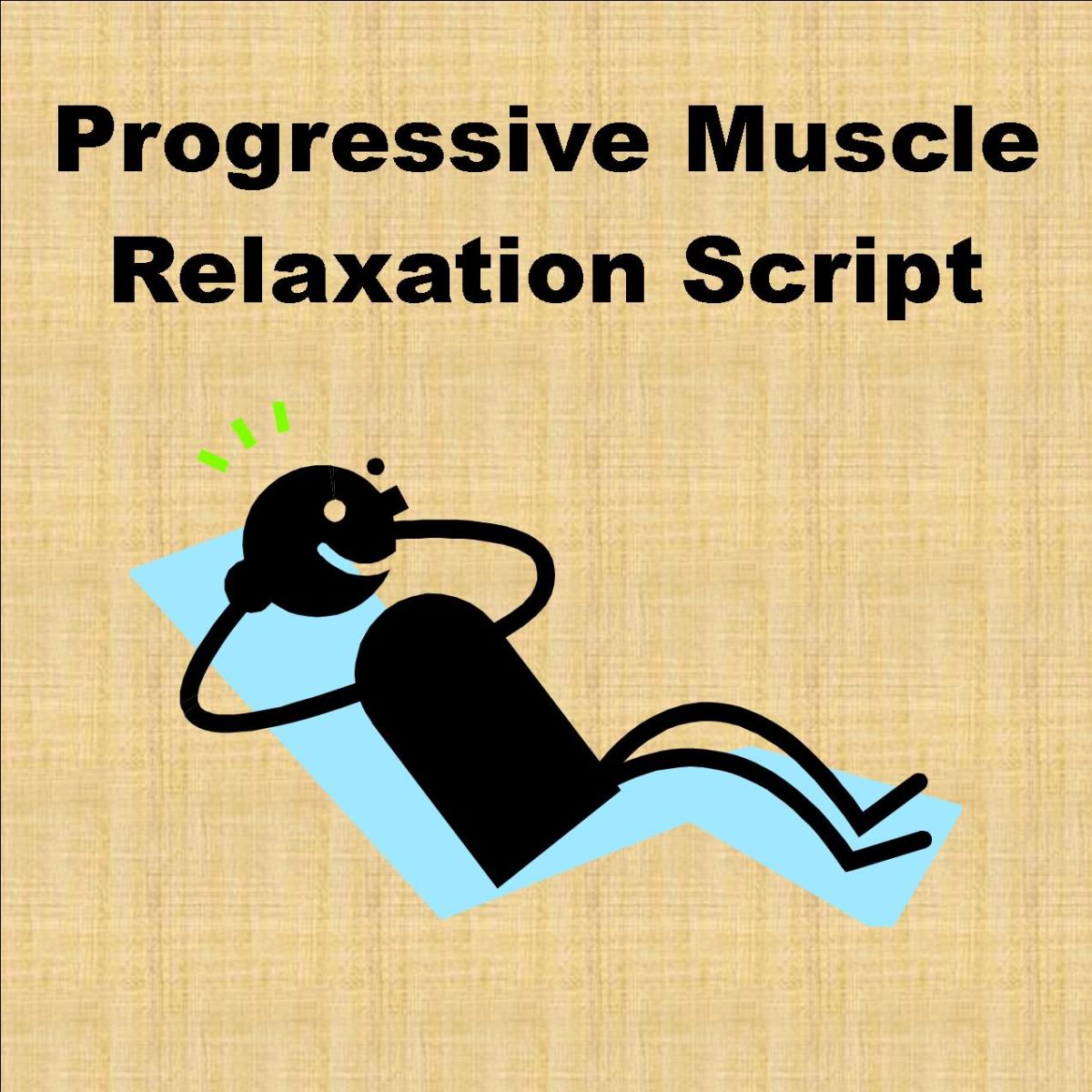What is Progressive Muscle Relaxation (PMR)?
Progressive Muscle Relaxation

Progressive Muscle Relaxation (or PMR) is an established and effective relaxation technique that functions to produce an overall state of both bodily and mental relaxation through the collective release of muscular tensions built up and held throughout the body. This technique was first developed and used in the 1920s by an American Physician called Edmund Jacobson.
Whilst some practice and familiarity with the technique of muscular relaxation is required to maximize the results, PMR is in essence a relatively straight forward procedure whereby an individual sequentially and systematically tenses and relaxes the various major muscle groups of the body. The overall purpose of progressive muscle relaxation being to produce a deep relaxation response throughout the body, a relaxation response that hopefully will also be mirrored or reflected by a similar relaxation response within the mind.
Benefits of PMR
Progressive Muscle Relaxation techniques have been shown to be associated with:
-
Increasing relaxation both mental and physical by reducing overall stress and muscular tension.Studies have also found PMR to both reduce levels of cortisol, a hormone produced in response to stress and to reduce heart rate which is associated with greater relaxation
-
Alleviating anxiety which in turn can help reduce many of the symptoms of various medical and psychological conditions
-
PMT can be an effective tool at calming and deactivating the body’s ‘fight or flight’ response, a response which is regularly triggered in people who suffer from panic attacks or intense phobic reactions
-
Improving people’s ability to fall asleep. Stiff or tense muscles can make it difficult for people to relax and get comfortable enough to drift off to sleep. PMT will help to release muscle stiffness and tension which thereby allows the body to relax. Once the body is more relaxed the mind has a much easier time following suit and sleep becomes easier
-
Improving self esteem.An increased sense of self esteem is associated with the improved ability and confidence in managing and controlling one's mood that comes from becoming more competent in using progressive muscular relaxation
-
An improved ability to focus and concentrate
PMR Technique Demo
Natural Stress Relief
Muscle Relaxation Techniques
The logic behind the technique of progressive muscle relaxation is simply based on Dr. Jacobson's observations that intentionally tensing and holding muscle contractions for several seconds before releasing the tension is associated with a subsequent relaxation response within the muscles contracted.When this technique is sequentially repeated across the body's different muscle groups the result is an overall experience of deep relaxation.
The process is the same for each muscle group:
- Contract and hold each muscle contraction for 8 to 10 seconds.The strength of the contraction should be hard but not to the extent that it causes pain or excessive discomfort
- Release the contraction quickly and completely allowing the muscle or muscles to go limp and fully relaxed.This should produce a relatively or contrastingly pleasant sensation after having held a sustained and firm contraction
- Remain as relaxed as possible for 15 to 20 seconds before moving on to the next muscle contraction
- Repeat and continue through the different muscle groups to complete the full sequence.If you feel the need or have the time go ahead and repeat the entire sequence again or zoom in on particular tensions and perform 2 or 3 more contraction/relaxations for the particular muscle group concerned.The entire sequence should take approximately 20 minutes
Progressive Muscular Relaxation

PMR: A Short Video Summary
Whether contracting or relaxing muscles you should keep your breathing slow and even whilst trying to maintain the focus of your attention fully on how each sensation feels.Particular attention should be given to the contrast between the contraction of a muscle and the subsequent relaxation of said muscle.Developing this awareness will allow you to become more adept at identifying where you're holding particular tensions and allow you to more effectively target in and release tension from specific trouble areas
You can find many different examples of progressive muscular relaxation scripts online that will take you through a detailed run down of each step in the more commonly practiced PMR sequences.Most of these scripts involve a sequence that starts with the hands, works up through the muscles of the arms, shoulders and neck and then on to the muscles of the face before focusing on your breathing and running down through the muscles of the back and abdomen and from there on in to the muscles of the buttocks, thighs, calves, feet and finally toes.Other scripts have you run directly from head to toe or the other way round. Some people may find one particular sequence or direction works better for them than another but this isn't usually an issue.
PMT: Tips & Guidelines
- When practicing progressive relaxation it's important to be both comfortable and free from any potential distractions.Make sure that both your immediate surroundings and your clothing are such that you can be comfortable and capable of physically relaxing in.Pick a time and a place were you will have peace and quiet and be unlikely to be disturbed.Take a minute or two to ensure you do actually feel comfortable before you begin
- Try to set aside at least 20 minutes per day for PMT.If possible it works well to do this at the same time each day.Your body will then more readily become accustomed and conditioned to slipping into relaxation mode at a particular time as part of your regular daily routine.Commiting to a set time will remove the uncertainty of when and where you might fit your practice into your busy day and you will quickly come to look forward to your progressive muscle relaxtion sessions.Remember there's nothing to stop you adding in some extra sessions whenever the opportunity arises but what's most important is that you do give yourself permission to take this time out and allow yourself to put aside your everyday concerns and worries (even if it is only for 20 minutes)
-
Don’t rush for results or give up your efforts too early. It takes a little time and practice to become proficient in using PMR. Some people may find it initially tricky to truly isolate and focus on the tensing and relaxing of individual muscle groups for instance.They may unintentionally tense the muscles of the upper arm and shoulders whilst contracting the muscles of the hands and forearm. Rest assured however that with practice the ability to both direct mental focus and more clearly discriminate and separate the tensing and relaxing of discrete muscle groups will improve significantly over a relatively short period of time
-
Don't force or judge how you're doing or whether you're getting it right etc.As long as you can tense and relax a muscle you can master the practice of progressive muscular relaxation.Trust that it works and just allow it to happen. It's best to try to maintain a detached and non-critical attitude
Progressive Relaxation
Have you ever tried Progressive Muscle Relaxation?
Guided Progressive Muscle Relaxation
- Ten Tips For Avoiding Stress
Life, for most of us, has become hugely stressful. What is the answer? Here are ten good ways to reduce and avoid the burden of stress on your life and health. - Different Methods to Help You Calm Down and Relieve Stress
Everyone, everyday is exposed to situations, people and places that cause us to feel tense or unsure. Learn some of the best ways to relieve stress, tension and anxiety and find that calm center within yourself.











